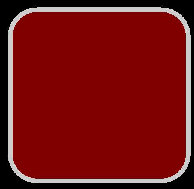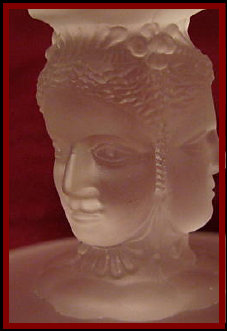








Thank you for your continued support and readership. Please insure to forward this Newsletter to your friends and neighbors. If you no longer wish to receive our emails regarding the update of this page, please send us an email to info@nova-antiques.com with the subject line "OPT OUT"
NOVA-Antiques.com does not run, manage or operate any of the flea markets, auction houses or estate sale companies advertised on this page. The NOVA-Antiques Newsletter is published for the exclusive use, enjoyment and convenience of our readers and subscribers. Any questions regarding the flea markets, auction houses and estate sale companies should be directed to the appropriate owner, promoter or manager.
© All rights reserved. Do not copy or duplicate without the expressed written permission of Northern Virginia Antiques & Collectibles.


Upcoming Antique Shows & Flea Markets
NOVA-Antiques.com provides the most comprehensive antiques show and flea market calendar
for the Mid Atlantic region.
Click here to view the most current antiques and collectibles shows calendar . . . > > >
Click here to view our flea
market directory and review pages . . . > > >

Duncan Miller - Three Faces Pressed Glass Pattern
Duncan Miller has its beginnings in 1865. George Duncan started the company
in Pittsburgh and was originally named Duncan and Sonís. Interestingly, Augustus H. Heisey of Heisey Glass fame was his son
in law and was also a partner in the business. In 1874, they hired John Ernest Miller and the company later became known as
Duncan Miller. Around 1877, George passed away and son James took over the business and moved it to Washington, Pennsylvania. In the mid 1950ís, the company closed its doors and most of their remaining molds were sold to the U.S. Glass company who later made
Duncan-ware glass.
Three Faces is a pattern in Early American Pressed Glass (EAPG) that is generally attributed to John Ernest Miller who worked for
Duncan and Sons in Pittsburgh, Pennsylvania. Rumor has it that the face is in the likeness of Elizabeth Miller, who was Ernestís
wife. It was first introduced around 1878 and was produced until the factory burned down in 1892. Like most pressed glass
patterns, a lot of reproductions have been made over the years and this pattern is no exception. However, the Duncan Miller
originals are usually identifiable because of the quality of the craftsmanship in the molded pieces and the color of the glass itself. The colors on the reproductions are not as crisp and tend to be grayer than in the originals.

Due to the many reproductions, these Three Faces patterned glass is hard to put a value on. True Duncan Miller pieces can go
for hundreds if not thousands of dollars depending on the piece. We recently saw a nine inch vase, in the Three Faces pattern,
with leaf etching around the top of the vase and a scalloped rim go for about $70. However, we have also been at auctions where
we have seen a glass cookie or biscuit jar go for more than $1200. It is generally accepted that the more ornately decorated
pieces, like ones with a beaded rim, usually go for the higher prices. The original molds were lost when in the fire of 1892.